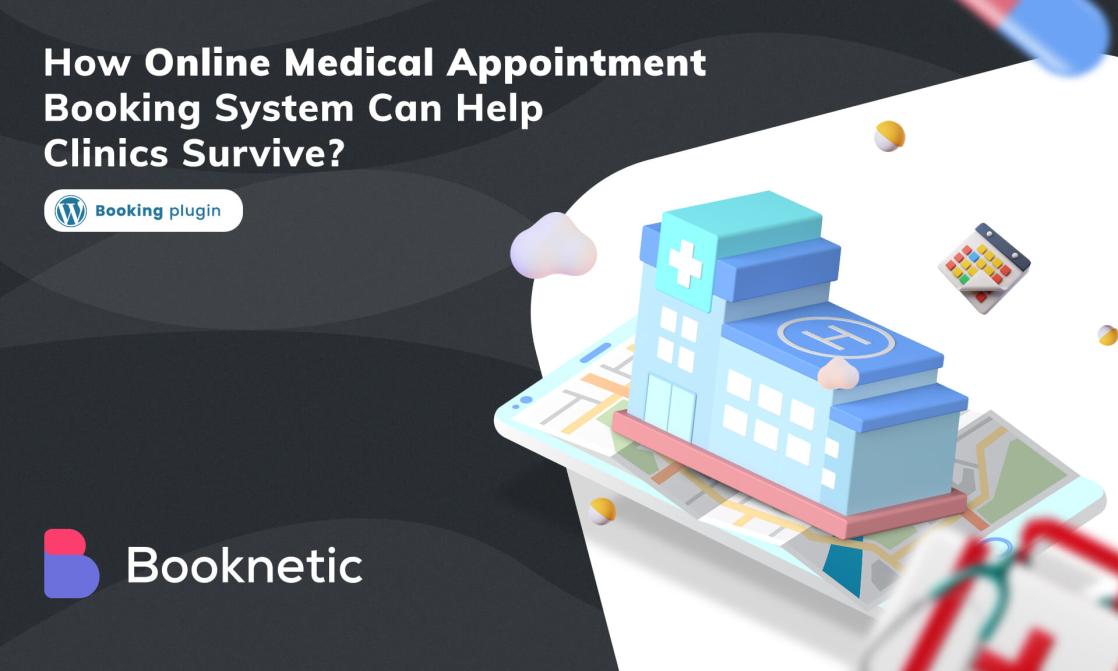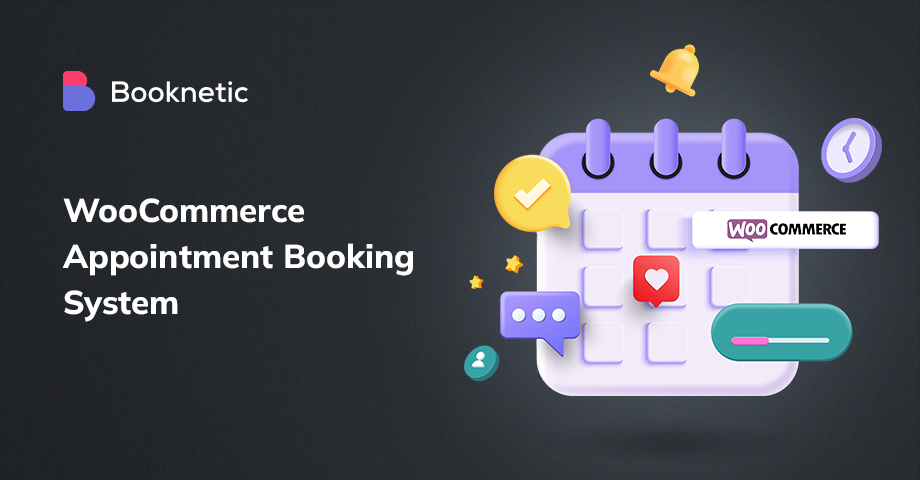
Meetings are the cornerstone of modern business, so it's crucial that they're effective.
Planning and follow-up are the keys to ensuring your meeting isn't just another calendar filler.
Stick around for this comprehensive checklist that could be your newfound secret to effective meetings.
So, what's the plan for today? We're diving deep into every step you need to prepare for, conduct, and wrap up your meetings like a pro.
Get ready to feel inspired and confident as you plan your next productive meeting.
The Critical Role of Meetings in Modern Businesses

Meetings connect every department, every idea, and every task. They serve as the platform where brainstorming births innovation and collective decisions shape the future.
However, the effective meetings you envision don't occur by chance.
They're the result of proper preparation, spot-on execution, and diligent follow-up. The cancellation policy should also be clear to ensure everyone respects the meeting time.
Planning is your first step toward effective meetings. A lack of planning is akin to setting sail without a compass—you might move, but you'll drift aimlessly.
Proper preparation helps you navigate through the meeting agenda with ease, ensuring each participant's time is well-spent.
After the meeting, a well-organized follow-up can help ensure everyone is on the same page, preventing confusion and task overlap.
A solid cancellation policy should be a part of this planning and follow-up, ensuring time is respected.
.jpg)
Harvard Business Review has also published a great resource to create an efficient meeting checklist. Here are some essential points from that report:
Have you:
- Identified the purpose of the meeting?
- Made sure you really need a meeting?
- Developed a preliminary agenda?
- Selected the right participants and assigned roles?
- Decided where and when to hold the meeting?
- Confirmed availability of the space?
- Sent the invitation?
- Sent the preliminary agenda to key participants and stakeholders?
- Sent pre-reading or requests which require advance preparation?
- Followed up with invitees in person, if appropriate?
- Chosen the decision-making process that will be used (majority vote, group consensus, or leader's choice)?
- Identified, arranged for, and tested any required equipment?
- Finalized the agenda and distributed it to all participants?
- Verified that all key participants will attend and know their roles?
- Prepared yourself (drafted presentations, printed handouts, etc.)?
Step 1: Preparation for the Meeting
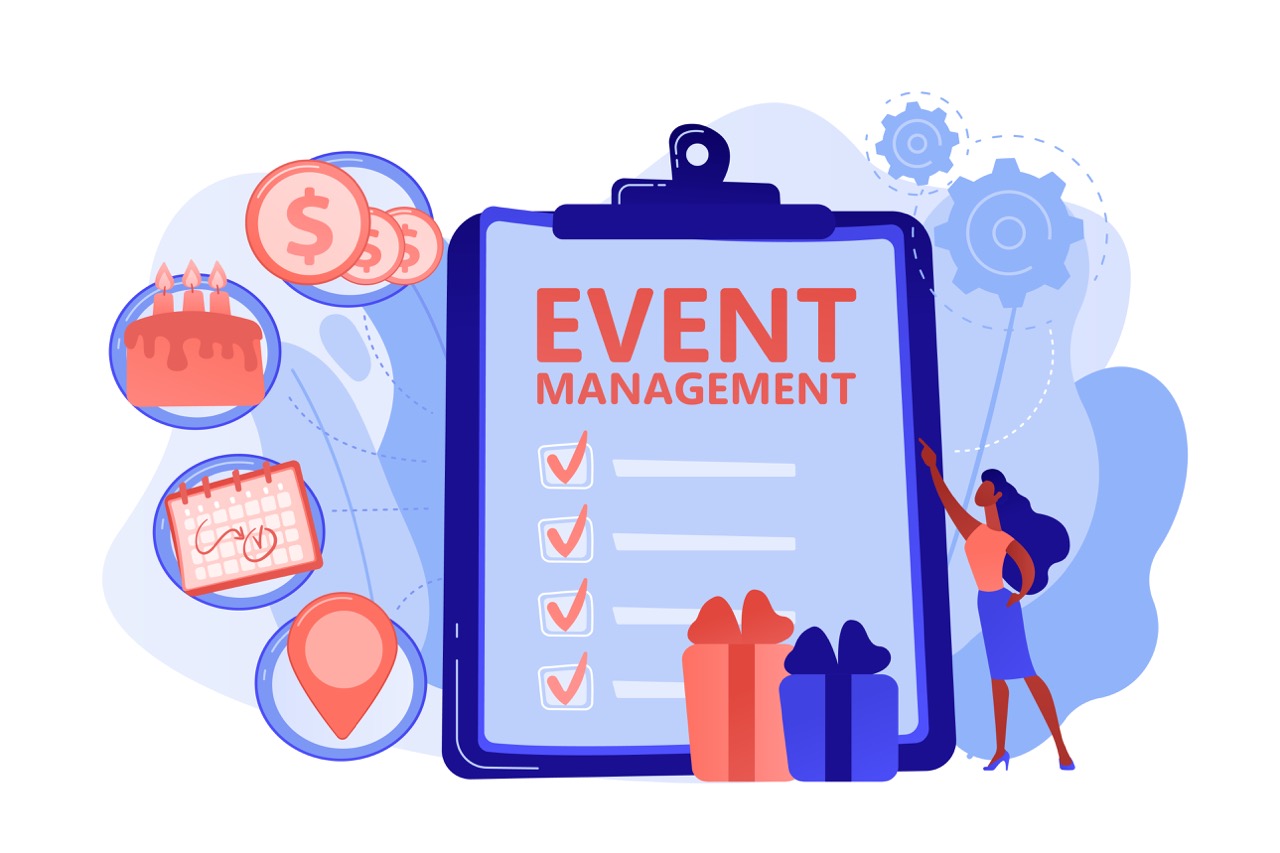
Think of preparation as the backstage crew in a theater production. Without them, even the most talented actor wouldn't be able to save the show.
Likewise, well-prepared meetings can be the cost-saving, efficient gatherings you always dreamt of.
They eliminate aimless discussion, help to finalize unified decisions, and ensure every voice is heard—thus making the best use of everyone's time.
Time is money, as the saying goes. A poorly organized meeting can cost a company not just time, but also resources and morale.
Proper preparation ensures you're focused on the critical issues at hand, reducing the need for extra meetings and thereby saving costs.
You'll also build a sense of respect among the meeting participants, as everyone acknowledges that their time is being valued.
Step 2: Preliminary Steps to Creating a Meeting

Identify the Purpose
Before sending out any calendar invites, take a step back and ask, "What's the purpose of this meeting?" Are you aiming for a unified decision on a pressing issue, or is this more of a brainstorming session?
A well-defined purpose is the foundation of productive meetings. It gives participants a clear goal, helping them prepare better and ensuring that the meeting stays focused.
Why We Need a Proper Goal for a Meeting?
Ever sat in a meeting thinking, "Why are we here?" A meeting without a goal will always lead to this question and waste everyone's time.
Having a clear goal not only streamlines the meeting agenda but also helps meeting participants align their thoughts and ideas beforehand. This preparation is essential for reaching unified decisions and making the meeting time worthwhile.
Assess the Necessity of the Meeting
Is a meeting the best format for what you're trying to accomplish? Could an email or a quick chat do the trick? It's an essential question in the world of effective meetings.
Canceling unnecessary meetings shows you respect people's time and helps you adhere to a solid cancellation policy, preserving resources for more critical discussions.
Participant Selection
Choosing the right participants can make or break your meeting. Who really needs to be in the room? Select people who are directly involved with the meeting's purpose and can contribute meaningful insights.
The roles of the participants should be clear—whether they are there to provide information, make a decision, or perform task execution post-meeting.
Preliminary Agenda
Having a preliminary agenda acts as a roadmap for your meeting. Include all the points that need discussion, who will lead each section, and how much time should be allotted.
Distribute this agenda to all participants ahead of time, setting the stage for a well-prepared and engaged discussion.
Step 3: Logistics and Coordination of a Meeting
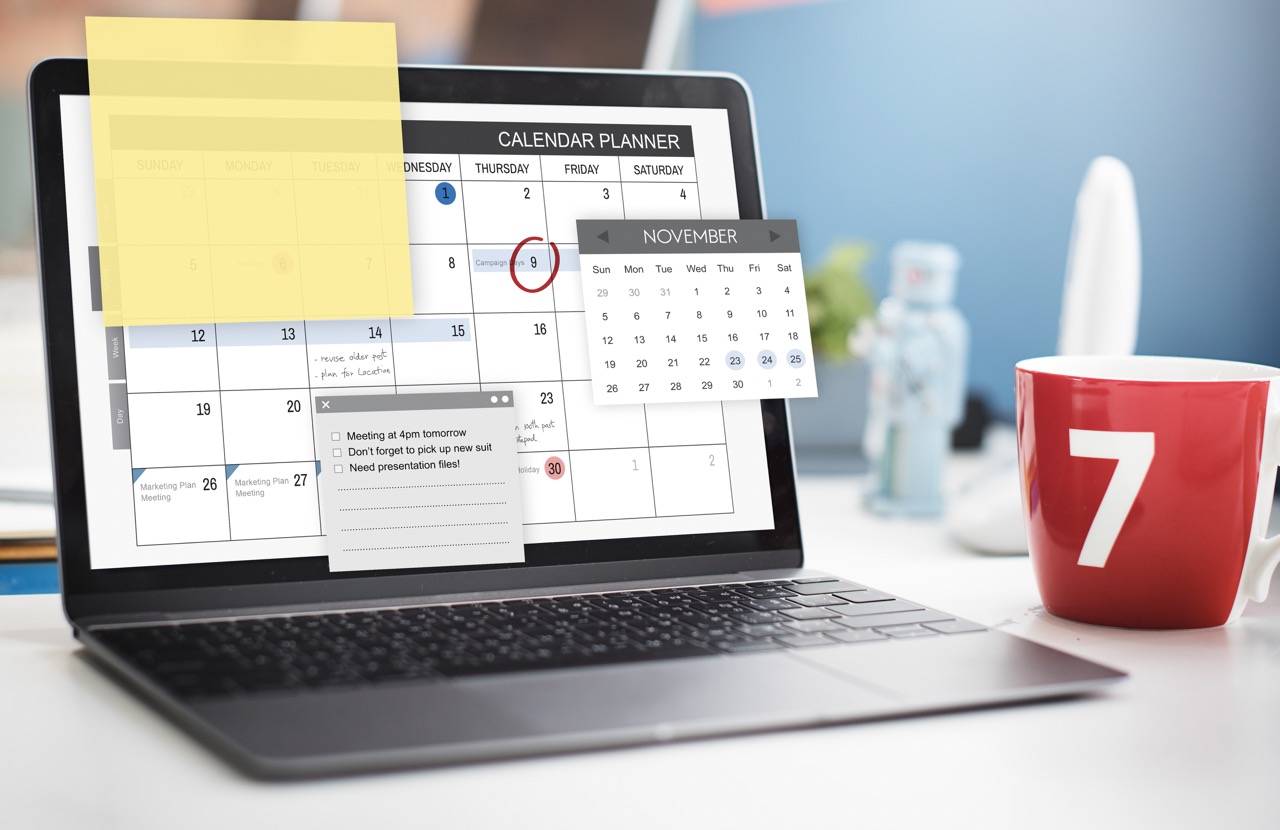
Setting Time and Place
Determining the meeting date and meeting time is more than just finding a free slot in the calendar. Consider the participants' time zones, workload, and other commitments. For face-to-face meetings, the location should be convenient for everyone.
If it's a virtual meeting, ensure that the chosen platform is accessible and straightforward for all attendees.
Virtual Attendance Considerations
If your meeting will include remote participants, check that the technology is inclusive. Ensure everyone can connect seamlessly, either via video or phone.
Provide detailed instructions on how to join the meeting and whom to contact if there are technical issues.
Invitations and Pre-reading
Once the meeting time and place are set, it's time to send out those invites! Attach the preliminary agenda and any pre-reading materials to give participants ample time for preparation.
It's a crucial step toward ensuring your meeting is as effective and productive as possible.
This also includes sending out a reminder message before the actual time of the meeting. Creating a message or using a meeting reminder template can significantly boost your productivity and attendance rates in a meeting.
Decision-making Process
Decide on the meeting format and decision-making process that will be used. Will it be majority vote, group consensus, or leader’s choice? Having this laid out beforehand avoids confusion during the meeting, letting you focus on the agenda at hand.
Equipment and Technology
Whether it's a projector for a presentation or a specific software for screen-sharing, make sure everything is set up before the meeting starts. Run tests to avoid last-minute hiccups.
If you're not tech-savvy, don't hesitate to ask for assistance from someone who is, like an IT services representative.
4. Invite the Right People

Roles and Responsibilities
A well-organized meeting is like a well-oiled machine, where everyone knows their role. You'll need a facilitator to guide the conversation, a timekeeper to keep things on track, and perhaps a scribe for meeting notes. Clearly assigned roles enhance focus and engagement, leading to more productive meetings. Here is a general overview of roles in an efficient meeting:
- Moderator: Ensures all sides are heard, builds leadership skills.
- Ascribe: Records key ideas and decisions, allows shy people to participate.
- Timekeeper: Keeps meeting on track.
- Contributor: Brings new points and questions, keeps discussion lively.
- Expert: Shares specific information, keeps contributions focused.
Actual Meeting Management
The trick to actual meeting management is adhering strictly to the meeting agenda. Open the meeting by stating its purpose and quickly reviewing the agenda. Starting and ending on time shows respect for participants’ schedules and adds to the meeting's effectiveness. Also, make sure meeting tasks are clear and actionable. A vague "Let’s improve sales" is less effective than "We'll implement Strategy A to improve sales by 15%."

Meeting Etiquette
When it comes to effective meetings, the devil is in the details—like punctuality and respect for differing opinions. Here are some dos and don'ts:
Dos:
- Be Punctual: Arriving on time shows respect for others' time.
- Active Listening: Listen as much as you speak, if not more.
- No Cell Phones: Keep distractions to a minimum to stay focused.
- Respect Opinions: Even when different opinions emerge, they deserve a hearing.
- Attendance Implies Participation: If you're there, you're expected to contribute.
Don'ts:
- Side Conversations: They disrupt flow and focus.
- Dominating the Discussion: Make space for other voices.
- Lack of Preparation: Always come prepared with meeting agenda items reviewed.
Handling Disruptions
No matter how well you've prepared, disruptions can and will occur. How to manage?
- Timekeeper: Assign someone the role to gently steer the meeting back on track.
- Unified Decision: If a disruption is substantial, a quick group vote can decide whether to address it now or later.
- Polite Interruption: A gentle reminder can often suffice to curb side conversations or off-topic rants.
Inclusion & Diversity
Diversity is not just nice to have—it's a must. Here are some tips to achieve :
- Language Sensitivity: Be mindful of jargon or idioms that not everyone may understand.
- Equal Opportunity: Use round-robin techniques to give everyone a chance to speak.
- Accessibility: Ensure the meeting place and materials are accessible to all, considering any special needs.
Ground Rules
Laying down meeting ground rules is a bit like setting the table before a meal; it prepares everyone for what's to come. Make sure everyone agrees on norms like 'no cell phones,' no side conversations, and that 'attendance implies participation.
This ensures that everyone is mentally present and engaged.
Common Pitfalls and How to Avoid Them
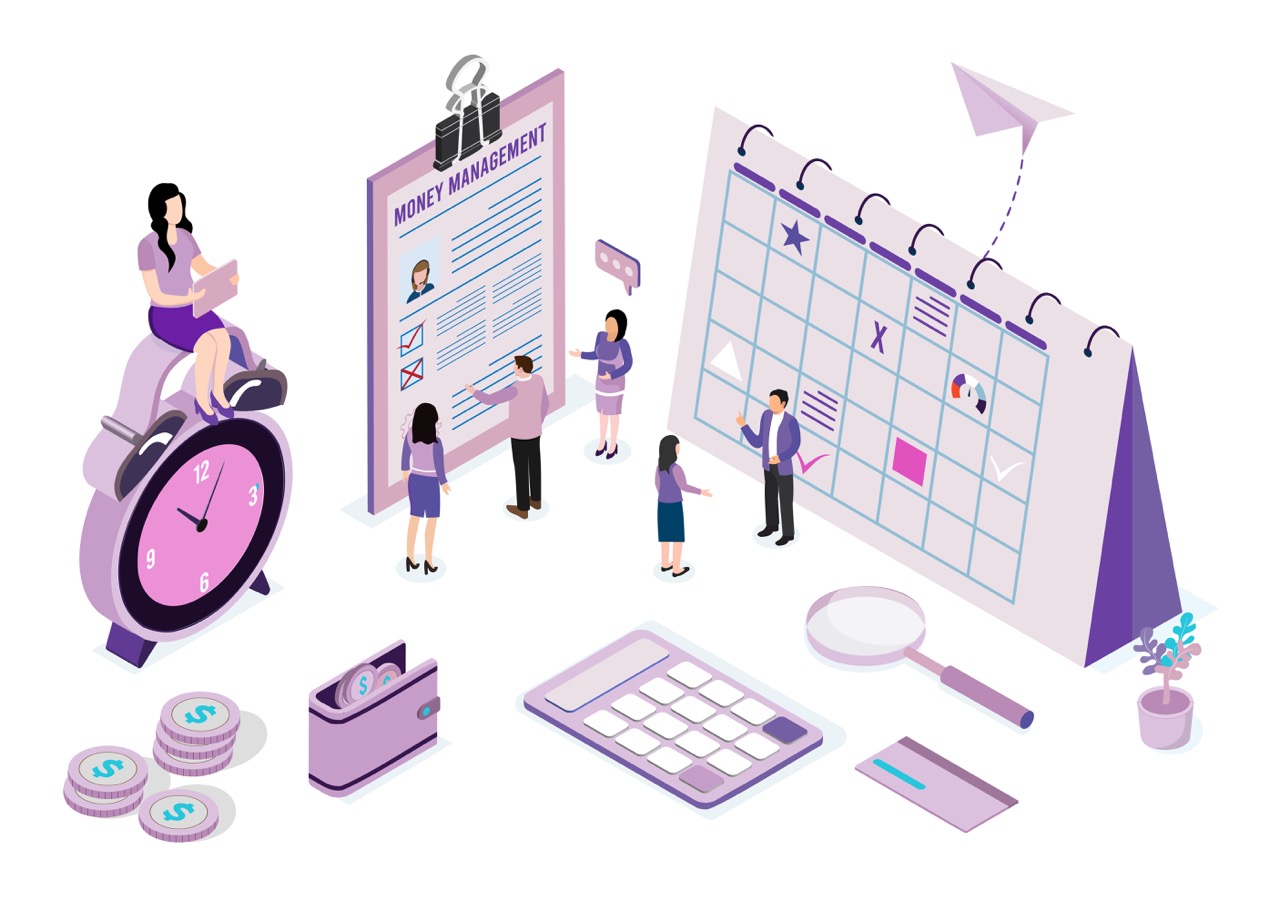
Mistakes happen, but they can often be avoided. Look out for these:
- Lack of Agenda: Always, always have a meeting agenda.
- Wrong Participants: Inviting too many, or too few, of the right people can derail a meeting.
- Poor Follow-Up: Without effective meeting notes and follow-up tasks, even a good meeting can fall flat.

Conclusion
Meetings don't have to be the time-draining, joy-sucking events they're often made out to be. With proper preparation and execution, they can be productive platforms for collaboration and decision-making.
We've covered the full spectrum here—from understanding the importance of preparation to the logistics and actual management of the meeting.
To quickly recap:
- Preparation: Sets the stage for an effective meeting. It involves participant selection, creating a preliminary agenda, and other proper preparations.
- Logistics and Coordination: Takes into account meeting format, equipment, and technology needs.
- Execution and Engagement: Focuses on adhering to meeting ground rules and fulfilling roles and responsibilities.
- Wrapping Up and Follow-Up: Involves summarizing decisions and tasks, and setting the stage for future actions.
By adhering to this comprehensive checklist, you're not only ensuring the most effective use of everyone's time but also creating a more joyful and productive work environment.
With clear agendas, defined roles, and a concrete plan for follow-up, you'll be on your way to meetings that people won't want to miss.
Remember, whether it's a quick sync or a large team gathering, the principles of successful meetings remain the same: clarity, preparation, and respect for each other’s time.
And there you have it—a guide that’s as comprehensive as it is easy to digest. Feeling inspired? Ready to make your next meeting the best one yet? Go ahead, you’ve got this!
Sign up for our newsletter
Be the first to know about releases and industry news and insights.
Booknetic is a simple yet powerful plugin for accepting online bookings & payments on your WordPress site.
